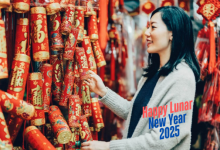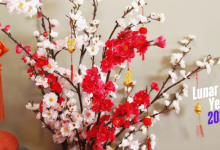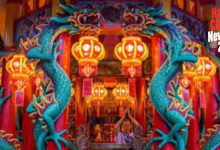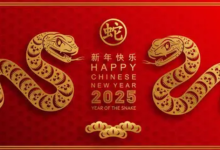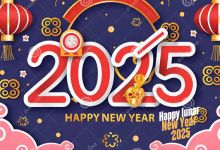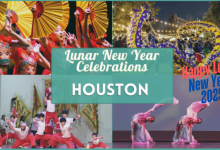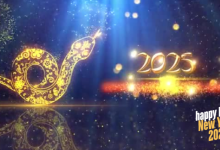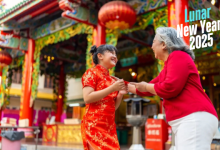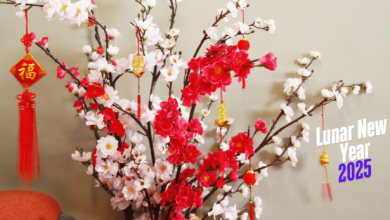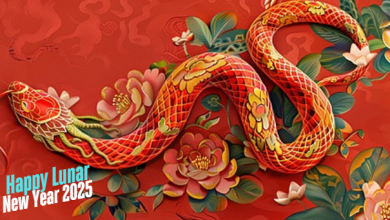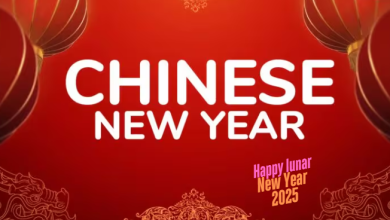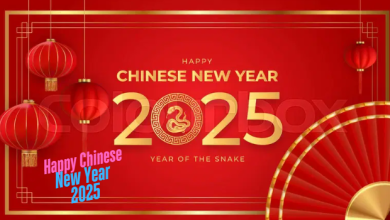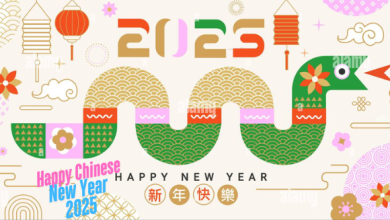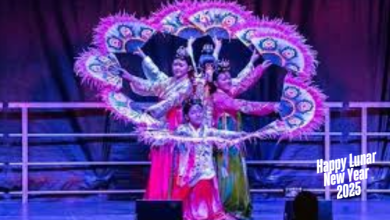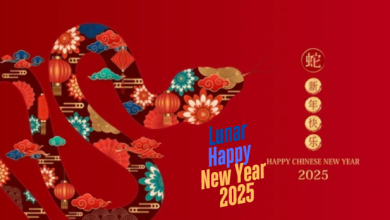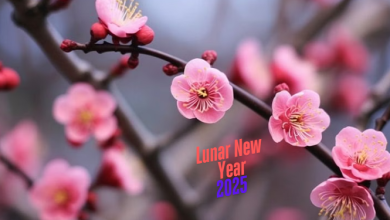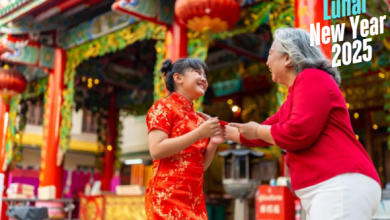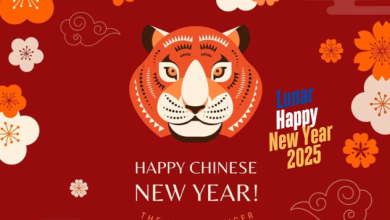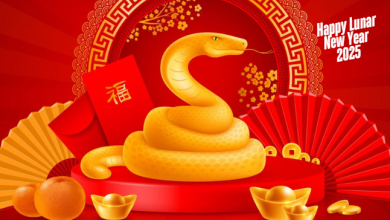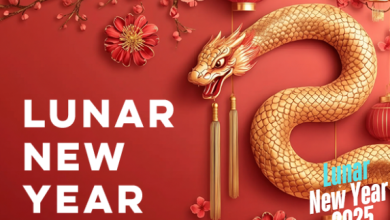Lunar New Year In China 2025
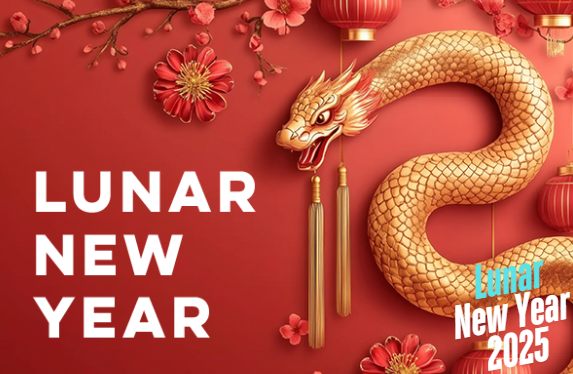
Lunar New Year, known as Chūnjié (春节) in Chinese, is the most important and widely celebrated festival in China. In 2025, the Lunar New Year will fall on January 29th, ushering in the Year of the Snake, a symbol of wisdom, transformation, and mystery according to the Chinese zodiac. This festive occasion marks not only the start of a new lunar cycle but also offers an opportunity for reflection, family reunions, and cultural renewal. Celebrated with grandeur across the country and beyond, Chūnjié holds deep cultural significance, weaving together ancient traditions with modern practices in a unique expression of national unity.
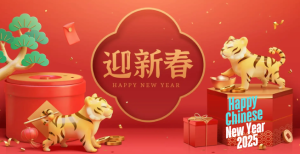
The Importance of the Lunar New Year in Chinese Culture
Lunar New Year is steeped in tradition and is the cornerstone of Chinese cultural life. It’s a time when families come together, travel across long distances, and honor their ancestors with offerings and rituals. For most Chinese people, the holiday is not just about celebrating the beginning of a new year but also about reaffirming connections with their roots, reflecting on the past year, and embracing the future with hope and positivity.
The Chinese zodiac is composed of 12 animals, with each year being associated with one of these creatures. 2025 is the Year of the Snake, which represents qualities like wisdom, grace, and resourcefulness. The snake is also a symbol of transformation, often associated with adaptability and careful strategy. People born in the Year of the Snake are often seen as intelligent and perceptive, yet capable of keeping their emotions under control. As such, 2025 will be a year focused on personal growth, introspection, and making wise, well-considered decisions.
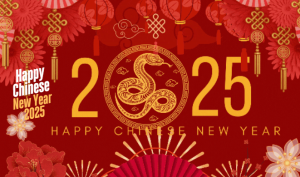
Preparations for Lunar New Year
In the weeks leading up to Chūnjié, the whole of China undergoes a transformation. Streets, homes, and public spaces are decorated with red lanterns, banners with auspicious sayings, and paper cuttings, all symbolizing good fortune and the drive to ward off evil spirits. The color red, which dominates much of the festival’s decorations, is believed to bring happiness, luck, and success.
One of the most significant traditions is cleaning the house before the New Year. The practice, known as dà sù (大扫除), involves thoroughly cleaning the home to remove any bad luck or misfortune from the previous year and prepare for the positive energy of the new one. This cleaning ritual also symbolizes a fresh start, with families readying themselves for new opportunities in the year ahead.
Shopping for food and festive items is another crucial part of the lead-up to Chūnjié. Traditional foods are prepared in abundance, and markets are filled with people buying ingredients for feasts. Among the most famous foods associated with Lunar New Year are jiaozi (dumplings), which represent wealth and prosperity, and nian gao (glutinous rice cake), which symbolizes the hope for progress and growth in the new year. In the south, tang yuan (sweet rice balls) are popular, symbolizing unity and family togetherness.
Another staple of the festival is the giving of hóngbāo (红包), or red envelopes containing money. This is a key cultural exchange, where elders give children and younger family members red envelopes as a way of passing on good luck and blessings for the year ahead. The amount of money inside the envelope is often chosen with care to avoid unlucky numbers—such as “4,” which sounds like the word for “death” in Chinese.
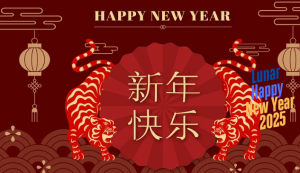
The First Day of Lunar New Year: Family and Festivities
The first day of Chūnjié is typically dedicated to honoring family and ancestors. Early in the morning, families will make offerings at their home altars or visit the graves of their ancestors to show respect and gratitude. These offerings often include fruits, cakes, and incense. It is believed that by honoring the spirits of ancestors, families will receive blessings for the coming year.
The reunion dinner on New Year’s Eve, known as nián yè fàn (年夜饭), is the most anticipated meal of the year. It’s a lavish feast that features numerous dishes, each symbolizing prosperity, happiness, and longevity. Dumplings are a must, especially in northern China, where families will prepare and eat them together, often wrapping coins in some dumplings for the lucky recipient. Other popular dishes include fish, which symbolizes abundance, and spring rolls, which represent wealth.
After the reunion dinner, families will often stay up late to welcome the new year, a practice called shǒu suì (守岁), which is believed to bring longevity and health. The evening is filled with fireworks, another important part of the celebration. Fireworks and firecrackers are believed to scare away evil spirits and bring good fortune. This tradition is so widely followed that it has become one of the world’s largest annual fireworks displays during this period.
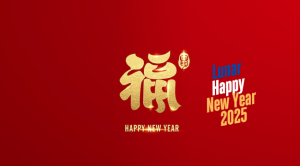
Celebrating with Festivals and Performances
The excitement of Chūnjié doesn’t end on the first day. Throughout the festival, major cities across China host a variety of performances and public events. The famous Chinese New Year Gala (春晚) airs on television and is watched by millions of people. It features music, dance, comedy, and traditional performances that celebrate Chinese culture.
Dragon and lion dances are another integral part of Chūnjié. These vibrant, colorful dances take place in the streets and are meant to bring good luck and fortune. The lion dance, in particular, is believed to drive away bad spirits and invite prosperity.
In addition, many people will travel during the Chūnjié period, a phenomenon known as chūnjié liúxíng (春节流行), where millions of people return to their hometowns to spend time with family. The annual chūn yùn (春运) transportation rush is one of the largest human migrations in the world, with trains, buses, and flights packed with travelers eager to be with loved ones.
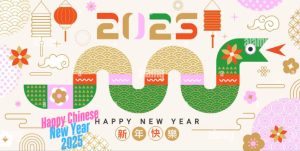
The End of the Festival: Lantern Festival
The celebrations culminate with the Lantern Festival on the 15th day of the lunar new year, marking the end of the festivities. During this event, people light colorful lanterns, eat tang yuan (sweet rice balls), and enjoy festivities in public squares and parks. The Lantern Festival is a joyful occasion filled with games, performances, and the lighting of beautiful lanterns, signifying the end of the New Year celebrations and the beginning of a year filled with hope.
Lunar New Year in China is a time for family, reflection, and rejuvenation. In 2025, as China celebrates the Year of the Snake, the traditions of Chūnjié will remain strong, connecting generations and celebrating a culture rich in symbolism and history. As millions of people celebrate across China and around the world, the promise of a prosperous, harmonious year ahead will be shared by all. Chūnjié is more than a holiday; it’s a cultural bond that unites people, fosters love, and embraces new beginnings.
